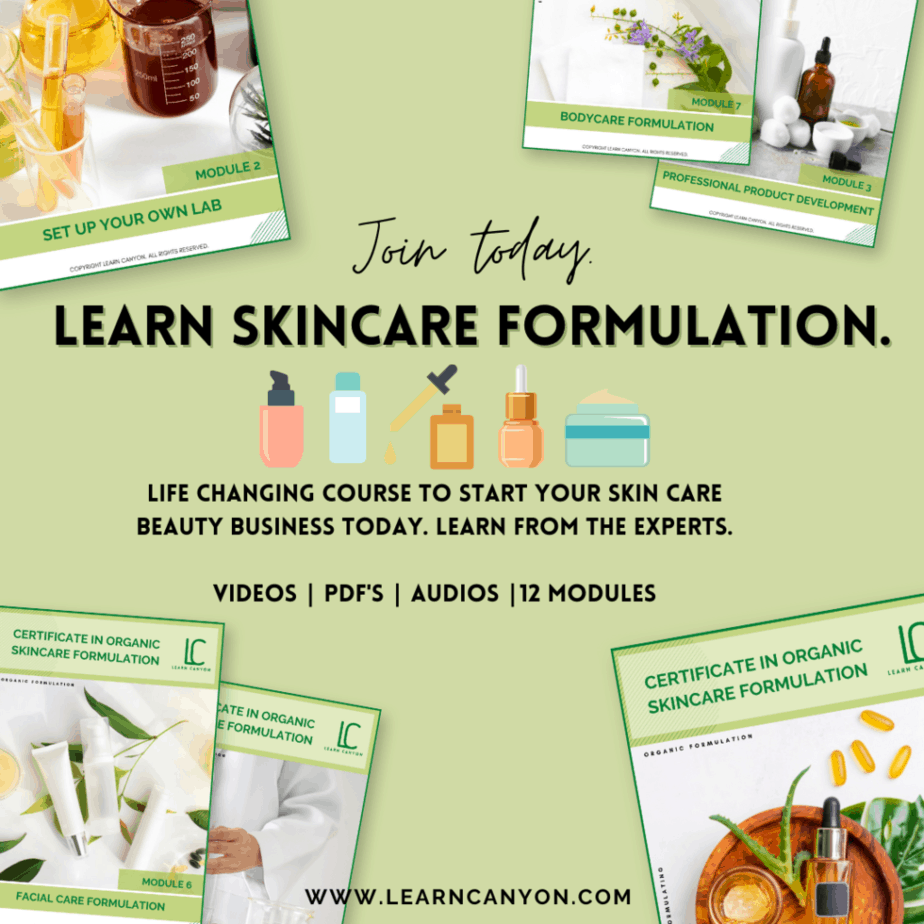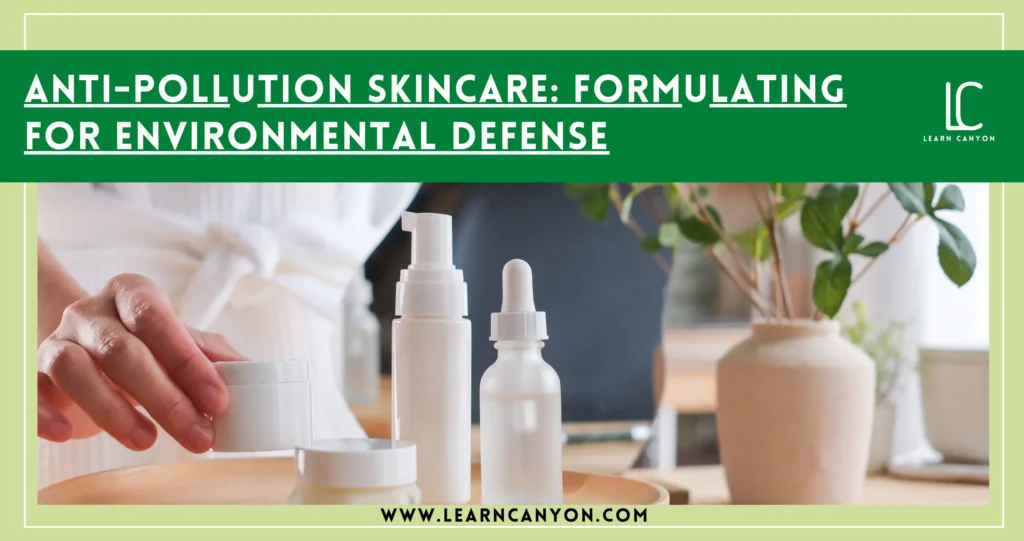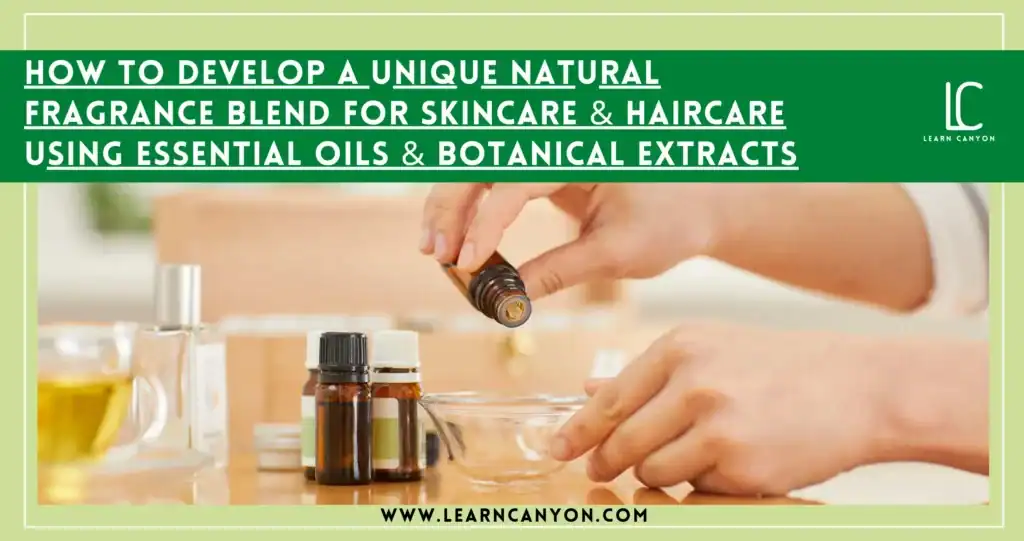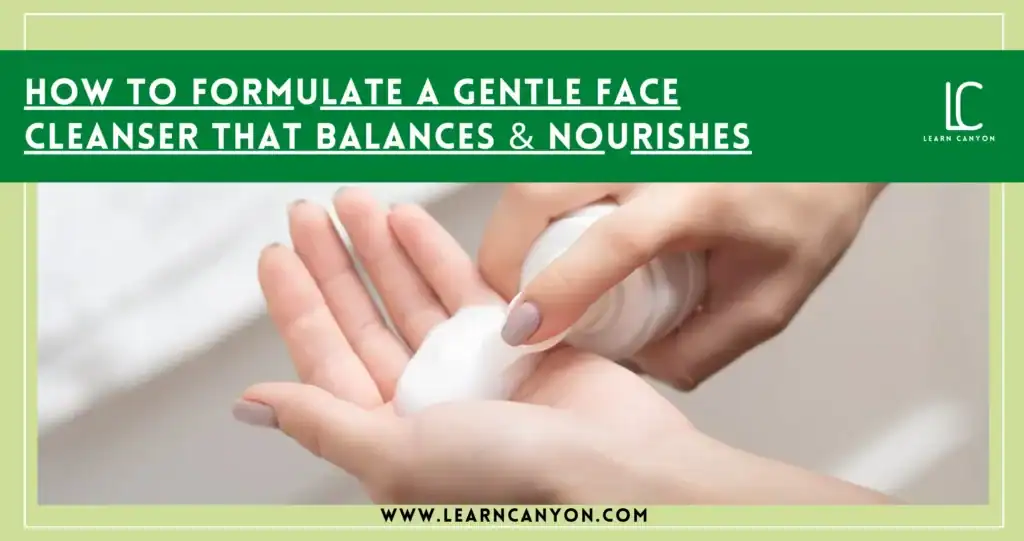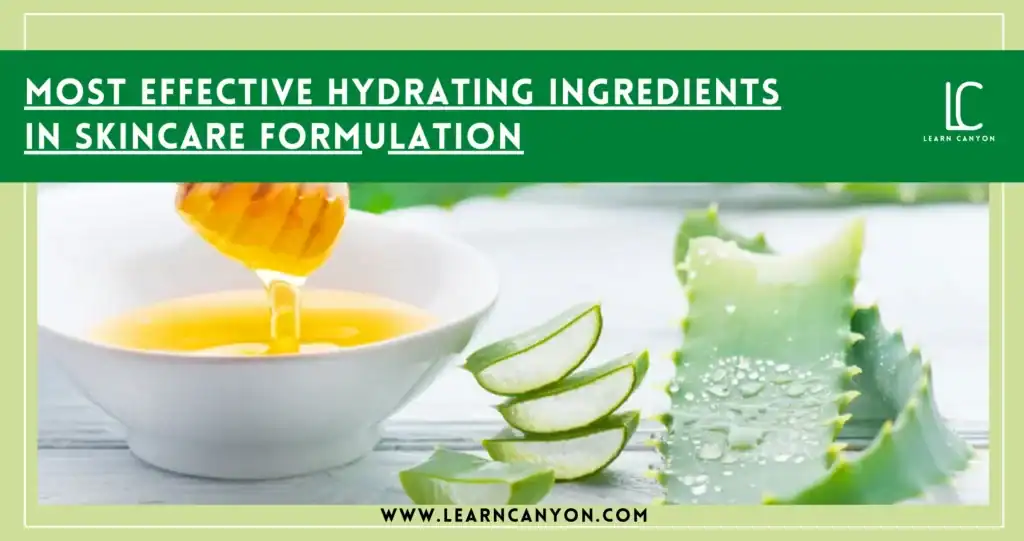Did you realise that your skin is the first organ to be affected by pollution among all your organs?
How do people not understand that environmental pollution can destroy their skin microbiome at a core level?
Environmental pollution not only damages the skin barrier but also accumulates toxins. This leads to rapid ageing, dryness, rashes, and allergic responses.
In our modern world, the onslaught of environmental pollutants poses a significant challenge to the health and vitality of our skin. Urbanisation, industrialization, and various human activities release pollutants such as particulate matter, heavy metals, ozone, and volatile organic compounds into the atmosphere, exposing our skin to a constant barrage of harmful substances. The consequences of this exposure are manifold, ranging from accelerated ageing and inflammation to impaired skin barrier function and increased risk of skin diseases.
In response to this emerging concern, the skincare industry has witnessed a paradigm shift towards the development of anti-pollution skincare formulations. These formulations are designed not only to cleanse and nourish the skin but also to provide a protective shield against environmental aggressors. By harnessing the power of advanced ingredients and innovative technologies, anti-pollution skincare products aim to fortify the skin’s natural defenses, neutralize free radicals, and mitigate the damaging effects of pollution.
But here is a frequently requested question: Does anti-pollution skincare treat skin concerns?
Or is this just another marketing stunt?
To appreciate the efficacy of anti-pollution skincare products, we must first understand the nature and extent of skin damage.
This article delves into the fascinating realm of anti-pollution skincare, exploring the intricacies of formulating for environmental defense. We will examine the key pollutants that threaten skin health, elucidate the mechanisms by which they exert their deleterious effects, and elucidate the scientific principles underlying effective anti-pollution skincare formulations.
Furthermore, we will delve into the diverse array of ingredients and technologies utilized in these formulations, ranging from antioxidants and detoxifying agents to pollution-neutralizing polymers and barrier-enhancing complexes that not only beautify but also protect and fortify the skin against the ravages of pollution.
Understanding Environmental Pollution and Its Impact on the Skin
Environmental pollution is the unwarranted disposal of mass or energy into the earth’s natural resource pool, such as water, land, or air. It causes long- or short-term harm to the atmosphere and its ecological health, thereby negatively impacting living beings and their lives quantitatively and qualitatively.
First and foremost, pollution is a combination of various environmental deterrents that work collectively to injure your skin. These include small particulate debris floating in the air, UV radiation, heavy metals, compounds produced by oil, gas, and coal combustion, and blue light radiation from electronic gadgets. This extensive list of pollutants produces free radicals on the skin, which frequently impairs your skin’s defence mechanism, resulting in oxidative stress.
Here’s an overview of various pollutants present in the environment and their effects on skin health:
- Particulate Matter (PM): Particulate matter consists of tiny particles suspended in the air, including dust, dirt, soot, and smoke, with diameters ranging from a few nanometers to several micrometres. PM can penetrate the skin’s outer layer and induce oxidative stress, inflammation, and DNA damage. Long-term exposure to PM is associated with premature ageing, skin dullness, worsening of acne and eczema, and increased risk of skin cancer.
- Ozone (O3): Ozone is a highly reactive gas formed from the photochemical reaction of pollutants emitted by vehicles, industrial processes, and other sources. Ozone exposure can deplete antioxidants in the skin, disrupt the skin barrier function, and trigger inflammation and oxidative damage. Chronic exposure to ozone is linked to accelerated skin ageing, including the formation of wrinkles, fine lines, and hyperpigmentation.
- Heavy Metals: Heavy metals such as lead, mercury, cadmium, and arsenic are toxic pollutants released from industrial activities, mining, combustion processes, and agricultural runoff. These metals can accumulate in the skin and disrupt cellular functions, leading to oxidative stress, inflammation, and impaired collagen synthesis. Prolonged exposure to heavy metals can cause skin allergies, dermatitis, pigmentation disorders, and even systemic toxicity.
- Volatile Organic Compounds (VOCs): VOCs are a diverse group of chemicals emitted by various sources, including household products, paints, solvents, and vehicle emissions. VOCs can penetrate the skin and trigger allergic reactions, contact dermatitis, and skin sensitization. Additionally, some VOCs can react with other pollutants to form secondary compounds that exacerbate skin damage and inflammation.
- Polycyclic Aromatic Hydrocarbons (PAHs): PAHs are carcinogenic compounds formed during incomplete combustion of organic materials, such as fossil fuels, tobacco smoke, and grilled food. PAHs can adhere to the skin and induce DNA damage, inflammation, and oxidative stress, increasing the risk of skin cancer and other skin disorders.
Mechanism of How Environmental Pollution Causes Skin Concerns
The mechanisms by which pollution causes skin concerns are multifaceted and involve various pathways:
- Oxidative Stress: Pollution, including particulate matter (PM), ozone, heavy metals, and volatile organic compounds (VOCs), generates reactive oxygen species (ROS) upon contact with the skin. ROS are highly reactive molecules that can damage cellular structures, including lipids, proteins, and DNA. This oxidative stress disrupts normal cellular functions, accelerates ageing processes, and contributes to the development of skin concerns such as wrinkles, fine lines, and loss of elasticity.
- Inflammation: Pollutants penetrate the skin barrier and trigger an inflammatory response. This inflammatory cascade involves the release of pro-inflammatory cytokines, activation of immune cells, and recruitment of inflammatory mediators to the affected site. Chronic inflammation damages the skin’s structural integrity, compromises its barrier function, and exacerbates skin conditions such as acne, eczema, and psoriasis.
- DNA Damage: Some pollutants, such as polycyclic aromatic hydrocarbons (PAHs) and ultraviolet (UV) radiation-induced pollutants, can directly damage DNA in skin cells. This DNA damage can lead to mutations, cellular dysfunction, and impaired repair mechanisms, increasing the risk of skin cancer and other skin disorders.
- Disruption of Skin Barrier Function: Pollution can disrupt the skin’s natural barrier function, which normally acts as a protective shield against external aggressors. Particulate matter, ozone, and other pollutants can penetrate the skin’s surface, impairing its ability to retain moisture and defend against environmental stressors. A compromised skin barrier leads to increased transepidermal water loss (TEWL), dehydration, and susceptibility to irritants, allergens, and microbial infections.
- Activation of Matrix Metalloproteinases (MMPs): Pollution exposure can stimulate the production and activation of matrix metalloproteinases (MMPs), enzymes that degrade collagen and elastin fibres in the skin. MMPs break down the extracellular matrix, resulting in reduced skin firmness, elasticity, and resilience. Over time, MMP activation contributes to the development of wrinkles, sagging, and other signs of premature ageing.
- Melanogenesis: Certain pollutants, such as PAHs and heavy metals, can stimulate melanin production in the skin. This can lead to the formation of dark spots, hyperpigmentation, and uneven skin tone. Prolonged exposure to pollutants exacerbates existing pigmentation issues and impairs the skin’s natural defense mechanisms against UV-induced damage.
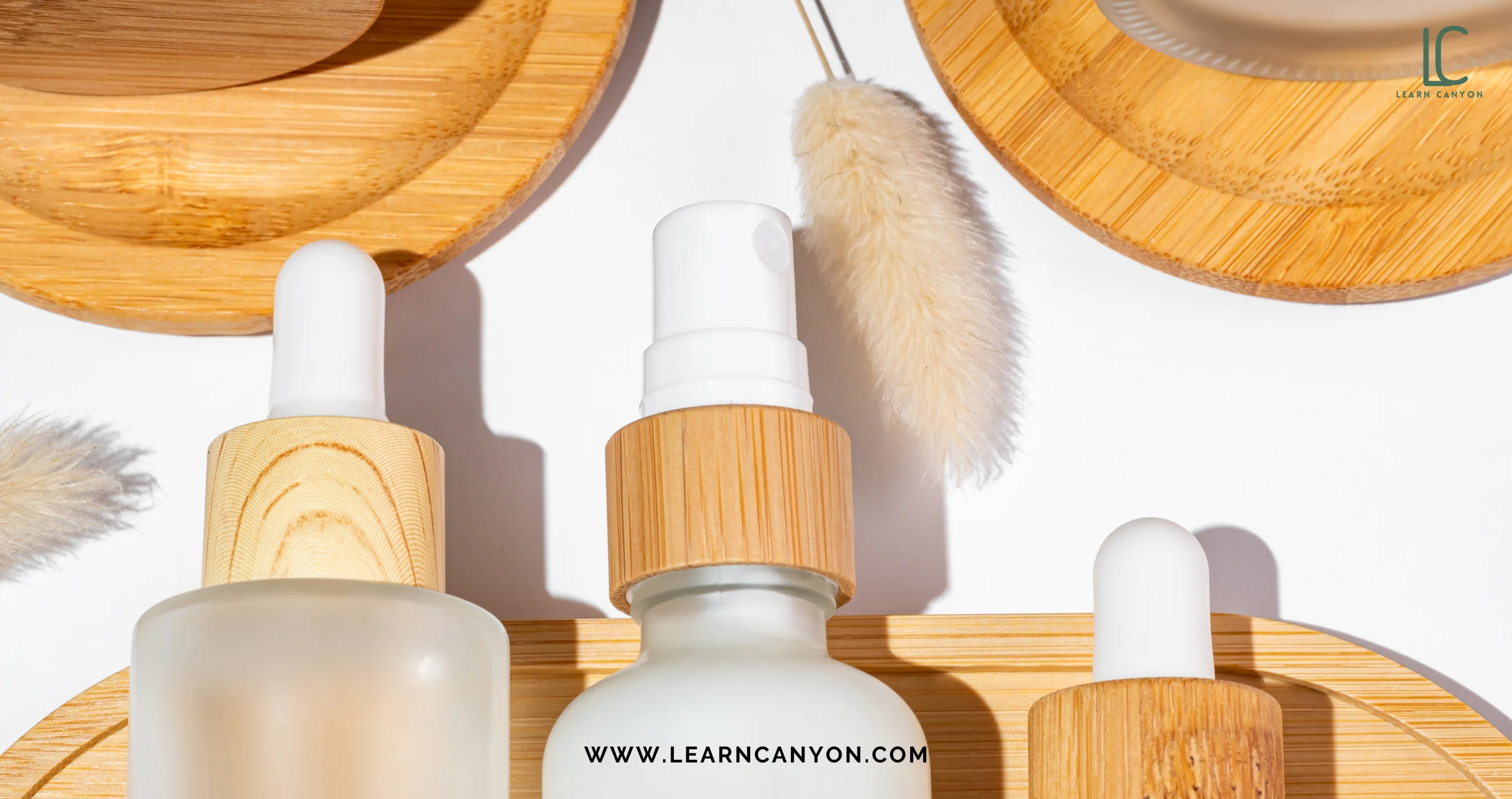
Statistics Of Pollution Affecting Skin & Growth of Anti-pollution Skincare
A recent survey found that 19% of US consumers, 36% of Europeans, and 37% of Asian consumers consider pollution to be a major source of skin irritation. Chinese consumers are most concerned about the negative impact of pollution, with 41% expressing concern. German, Spanish, and French women aged 45-54 are concerned about environmental factors influencing their appearance, with French women expressing the most anxiety.
In Q1 2016, 79% of new skin care products in the global market claimed to be anti-pollution. From January to October 2016, 38% of new items in this category were introduced in the Asia-Pacific region.
In 2016, China led the APAC market in new anti-pollution skincare product introductions and continued to do so in Q1 2017.
According to recent market study estimates, the anti-pollution cosmetics market will grow from 7,511 million USD in 2023 to 15,247 million USD in 2033.
Queries for “Anti-Pollution Skincare and Formulations” have increased significantly. Search volume for the components used in anti-pollution products is increasing. Anti-pollution skincare is a long-term priority, rather than a fad.
The growing importance of anti-pollution skincare began when skin concerns rose to a quantitative level that led to an extensive skin disease which invoked cosmetic scientists and dermatologists to dive into the understanding of pollution affecting skin and thereby started developing and spreading awareness of incorporating ANTI-POLLUTION SKINCARE or ENVIRONMENTAL DEFENSE SKINCARE.
While there is a significant market opportunity for anti-pollution skincare, developing effective and persuasive products to achieve the necessary benefits is a challenging technical problem.
Globally harmonised anti-pollution treatments are challenging to design due to various considerations. Pollutants and environmental dangers influence consumers globally, with significant variances even across small countries. Developing globally harmonised anti-pollution cosmetics is challenging due to variations in skin types, seasonal weather patterns, benefit expectations, and personal care and cosmetics usage habits among consumers worldwide.
To design effective anti-pollution skincare solutions, it’s important to first comprehend environmental aggressors and how they affect the skin. Researching various active components and their mechanisms can aid in active selection. Reviewing existing anti-pollution cosmetics, benefit claims, and consumer insights can help establish a holistic approach to designing and marketing new solutions.
Key Anti-Pollution Skincare Ingredients:
Below are some key anti-pollution skincare ingredients commonly found in anti-pollution skincare products:
ANTIOXIDANTS: Vitamins A, C, and E
As previously said, one of the primary concerns with pollution is the presence of free radicals, which tear down our skin’s defences and accelerate the process of ageing.
Antioxidants neutralise these compounds by sharing their electrons and disrupting the chain reaction they cause.
This minimises the danger of oxidative stress and, consequently, skin sensitivity. Antioxidants like Vitamins A, C, and E boost the skin’s capacity to shed and renew new skin cells and stimulate collagen levels. Green tea extract, resveratrol, and coenzyme Q10 are potent antioxidants too.
Niacinamide:
Often known as vitamin B3, is a powerful skincare component. It has several advantages, including regulating oil production, minimising pore appearance, reducing wrinkles and fine lines, and treating hyperpigmentation and acne.
Niacinamide’s most remarkable properties are its ability to retain moisture and protect the skin from environmental harm. Niacinamide increases the skin’s lipid barrier, allowing it to lock in moisture. It protects the skin from environmental stressors like pollutants, sunlight, and pollution.
This component is frequently found in serums, which penetrate deep into the skin.
Activated charcoal:
It is available in powder and supplement type, may aid in the removal of pollutants and contaminants from the skin due to its porous nature.
It could serve as a natural chemical peel while being gentler on the skin. When activated charcoal is applied to your anti-pollution skincare routine, it may assist in absorbing excess dirt, oil, and other pollutants from the face. As an outcome, your skin could look refreshed and more transparent. This would lead to enhanced skin texture and complexion appearance.
Chinese Herbs:
- Licorice Root: Licorice root, another TCM herb with the capacity to soothe acne scars and reduce inflammation, might improve your anti-pollution skincare routine.
- Ginseng: Offer numerous skin advantages and have found their way into many skincare products today. Ginseng, alongside increasing collagen formation, may protect against UV damage and rejuvenate the skin. This makes it an appealing anti-pollution and thus anti-ageing Chinese herb.
- Chinese wolfberries (Goji Berries): Chinese wolfberries are a natural source of zinc oxide, which is a frequent element in nontoxic sunscreen lotions for SPF protection.
They naturally filter damaging UVA and UVB rays from the sun. Goji berries are also known to stimulate collagen and elastin formation in the skin, so they provide more than only anti-pollution effects.
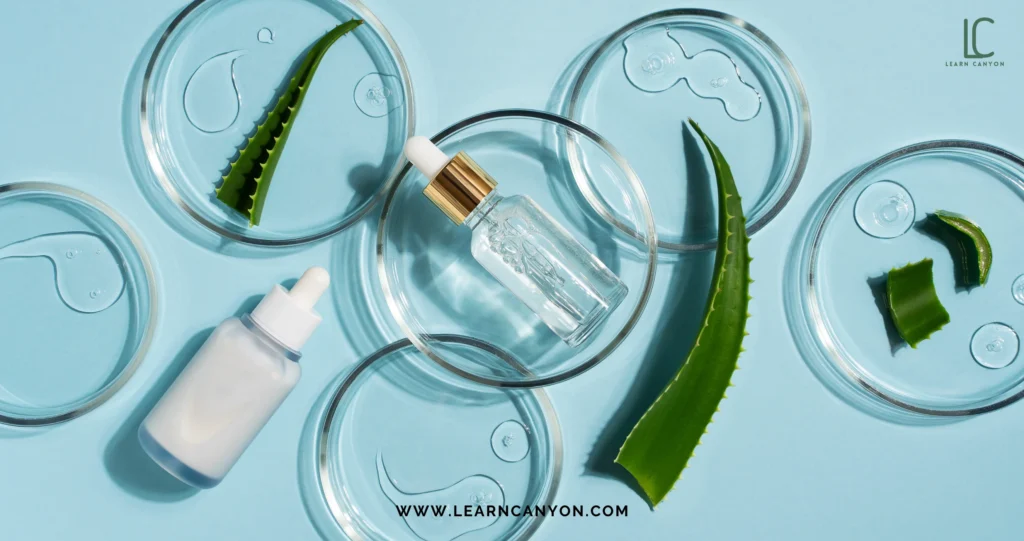
Mineral SPFs:
Zinc oxide and titanium dioxide are two substances that defend the skin from UV radiation and environmental pollutants. They are often used in mineral sunscreens.
Mineral sunscreens are frequently seen to be superior to chemical sunscreens, which can be harsh to particular skin types. Mineral sunscreens have earned a bad image in the past for creating a white cast and having a chalky feel, but cosmetic formulations on the market now have improved significantly. Today, several solutions look and feel quite similar to chemical sunscreens. If you want to protect your skin from UV rays and toxic pollutants then Mineral SPFs are the perfect choice.
Ceramides:
Ceramides occur organically in the skin and comprise a large portion of the epidermis, the skin’s outermost layer. Essentially, they serve to form a barrier that keeps moisture in, preserving the skin from dryness and irritation. This barrier has been found to shield the skin from environmental damage.
Pollution-Blocking Polymers:
Some skincare products contain polymers that create a barrier on the skin’s surface, helping to shield it from pollutants and preventing them from penetrating into the deeper layers.
Algae:
It is a less popular skincare component, but it provides an astonishing list of advantages. There are numerous varieties of algae, comprising seaweed, kelp, and spirulina, to name a few.
Certain forms of algae can battle oxidative stress while also moisturising the skin, cleaning pores, and erasing hyperpigmentation. Algae pills can help reduce skin inflammation, which is frequently caused by pollution.
For instance, SEA KELP (algae), a type of seaweed obtained underwater, contains nutrients and antioxidants. This helps to neutralise free radicals while also entering the skin and removing pollutants. It contains anti-inflammatory effects and it can also help protect your skin from UVA radiation. By increasing circulation beneath the skin, it serves to enhance the protective barrier, making it more resistant to the impacts of pollution.
Some other key anti-pollution skincare ingredients used in anti-pollution cosmetics are Chia seed extract, dandelion, natural sea salt, peptides, various clays and hyaluronic acid.
Formulation Strategies for Making Effective Anti-Pollution Skincare Products:
Cosmetic scientists are still facing challenges in preparing anti-pollution cosmetics, so based on the understanding of the nature of pollutants and the mechanism by which they damage skin, generic guidelines for formulating new products can be developed.
It is also difficult to develop a single product that can deliver several different benefits and ideally, a regime involving the use of multiple products may be necessary.
A general strategy for product development is a routine including topical products that remove, repair and protect. In addition, any solution aimed at alleviating the effects of pollution must address skin sensation and appearance.
The primary rules for formulating the best anti-pollution skincare products are:
- Include enough antioxidantsenough amounts of antioxidants.
- Consider using gentle cleaning agents to eliminate dirt.
- Aim to balance the skin’s natural oil levels.
- Consider enhancing the skin’s barrier function.
- Ensure that your product has good moisturising characteristics.
- Normalise skin pH by guaranteeing your product that sits in an appropriate pH range.
Natural-based best anti-pollution skincare products include:
- Oil-based cleansing products. (enrol for our certificate in organic skincare formulation course)
- Balancing toners and tonics.
- Mild washing products that can be used frequently and while out and about.
- Deep cleansing products that do not compromise the skin’s pH or dry the skin.
- Adsorbent clay-based cleansing masques.
- Products that can be carried in a handbag and used when out in a polluted environment.
Broad-Spectrum Protection Formulation Strategy
Broad-spectrum protection ensures that the skin is shielded from both UVA and UVB rays, as well as environmental pollutants such as particulate matter, heavy metals, ozone, and volatile organic compounds (VOCs). This comprehensive protection minimizes the risk of various forms of skin damage, including sunburn, premature ageing, hyperpigmentation, and oxidative stress.
Here’s why it is very important in anti-skincare FORMULATIONS;
- Synergistic Effects:
UV radiation and environmental pollutants can have synergistic effects on the skin, exacerbating the damage caused by each individual. For example, UV radiation can increase the absorption of pollutants into the skin, while pollutants can amplify the oxidative stress induced by UV radiation. Broad-spectrum protection helps mitigate these synergistic effects by addressing multiple sources of damage simultaneously.
- Prevention of Premature Ageing:
Both UV radiation and environmental pollutants contribute to the formation of free radicals, which can accelerate the ageing process by causing oxidative damage to the skin’s cells and collagen fibres. Broad-spectrum protection helps prevent premature ageing by neutralizing free radicals and reducing oxidative stress.
- Reduced Risk of Skin Cancer:
UV radiation is a known carcinogen and a primary risk factor for skin cancer, including melanoma and non-melanoma skin cancers. By providing broad-spectrum protection, skincare products can help reduce the risk of skin cancer by shielding the skin from harmful UV rays.
- Protection Against Environmental Damage:
Environmental pollutants, such as particulate matter and heavy metals, can penetrate the skin and trigger inflammation, oxidative stress, and DNA damage. Broad-spectrum protection helps create a barrier against these pollutants, minimizing their impact on the skin and supporting its natural defense mechanisms.
Consistent use of the best anti-pollution skin care products with broad-spectrum protection can yield long-term benefits, including reduced signs of ageing, improved skin texture, and a lower risk of skin cancer.
Multi-Functional Formulation Strategy
Creating multi-functional formulations for anti-pollution cosmetics involves integrating ingredients that protect against environmental pollutants while offering additional skincare benefits.
Here are some examples of multi-functional formulations for anti-pollution cosmetics:
- Anti-Pollution Moisturizer with SPF:
- 3% Antioxidant Blend (Vitamin C, Vitamin E, Green Tea Extract): Protects against pollution-induced free radicals.
- 2% Hyaluronic Acid: Hydrates the skin and maintains moisture balance.
- 1% Niacinamide: Strengthens the skin barrier and reduces inflammation caused by pollution.
- 2% SPF 30 Broad-Spectrum Sunscreen: Protects against UV radiation and environmental pollutants.
- 1% Pollution-Blocking Polymer: Forms a protective barrier on the skin’s surface to shield it from pollutants.
If you want to learn to formulate anti-pollution moisturizers and lotions, do enrol in our advanced certificate in organic facial creams and lotions formulations.
- Detoxifying Cleansing Balm:
- 5% Coconut Oil: Melts away makeup, impurities, and pollutants while nourishing the skin.
- 3% Activated Charcoal: Draws out toxins and pollutants from the skin, promoting detoxification.
- Pollution-Proof Tinted Moisturizer:
- 1% Pollution-Blocking Polymer: Forms a protective barrier on the skin’s surface.
- 1% Titanium Dioxide: Provides SPF 20 Broad-Spectrum Sunscreen protection against UV radiation and pollution.
- 0.5% Niacinamide: Brightens the complexion and reduces the appearance of dark spots caused by pollution.
- Purifying Clay Mask:
- 5% Bentonite Clay: Absorbs excess oil and pollutants, detoxifying the skin.
- 3% Matcha Powder: Provides antioxidant protection and soothes inflammation.
- 2% Witch Hazel Extract: Balances oil production and tightens pores.
- Anti-Pollution Eye Cream:
- 2% Peptide Complex: Supports collagen production and reduces the appearance of fine lines and wrinkles caused by pollution.
- 2% Caffeine: Improves microcirculation and reduces puffiness and dark circles.

Incorporating Anti-Pollution Skincare Into Your Routine
- Begin your skincare routine with a double cleansing approach. Use an oil-based cleanser to efficiently break down and remove impurities, makeup, and sunscreen. Finish this with a water-based cleanser to remove any lingering pollutants and ensure your skin is completely clean.
- Exfoliating the face, like cleansing, creates a clean canvas for moisturising products to penetrate more deeply and produce the best results.
- Then, you can apply a hydrating serum that has a broad-spectrum protection formulation and multiple skin barrier protection benefits to save you from toxic pollutants.
- Use lightweight moisturisers or facial mists to refresh your skin. These solutions not only moisturise but also protect against environmental aggressors, resulting in a supple and resilient skin barrier.
- End the anti-pollution skincare regime with Sun Protection. Add a broad-spectrum sunscreen into your daily skincare routine to protect your skin from UVA and UVB rays. Search for sunscreens with high SPF and PA levels to ensure complete coverage. Reapply during the day, particularly if you plan on spending significant periods outside.
Wrapping up,
Overall, we understood how environmental pollutants create extensive skin barrier damage on a deeper level if not taken care of. That’s why our research has found out the main anti-pollution skincare ingredients that work effectively on damaged skin by using various formulation strategies and techniques. Through a combination of potent antioxidants, barrier-strengthening agents, and pollution-absorbing ingredients, skincare formulations can provide a shield against the harmful effects of pollution, helping to maintain skin health and vitality. However, ongoing research and collaboration between scientists, dermatologists, and skincare experts are essential to further refine these formulations and ensure their efficacy in protecting against evolving environmental threats.
To prepare the best anti-pollution skincare products, our team at Learn Canyon have made it easy for cosmetic formulators to learn to formulate various anti-pollution cosmetics at an advanced level.
So, why wait? Check out our certification programs and grab our ongoing OFFER NOW!


